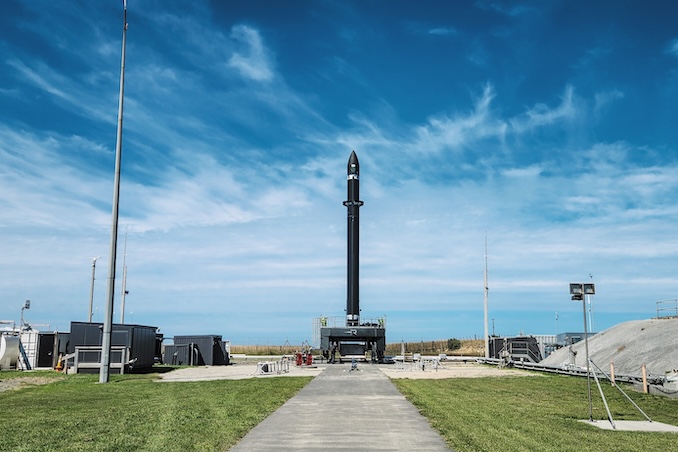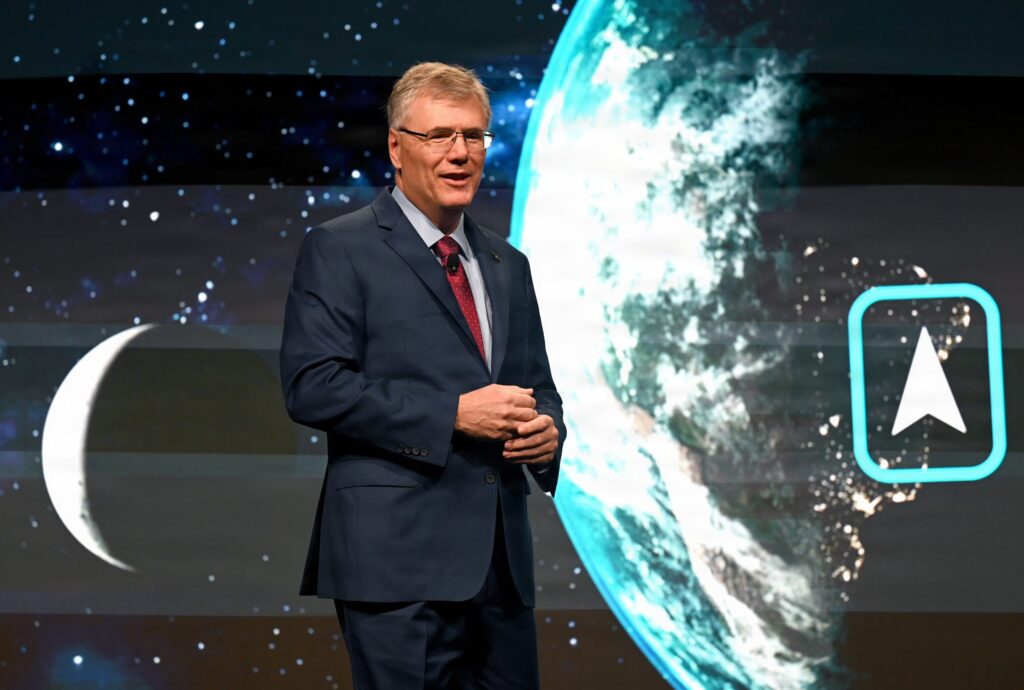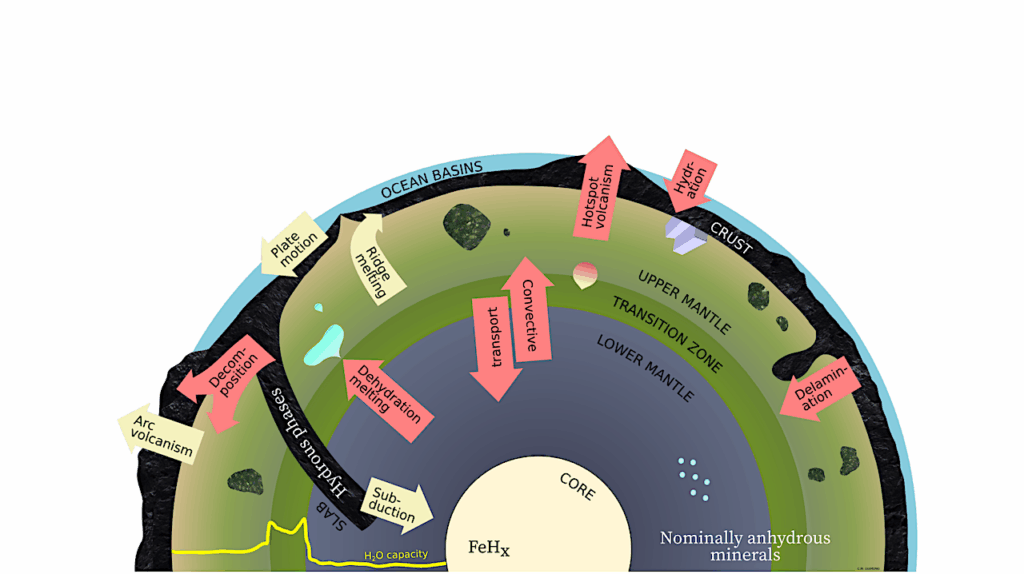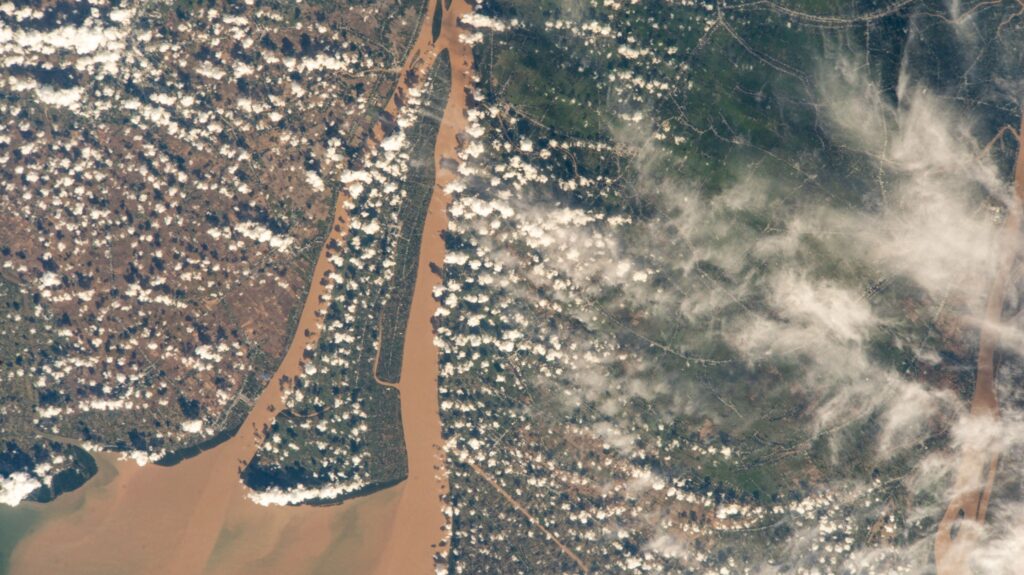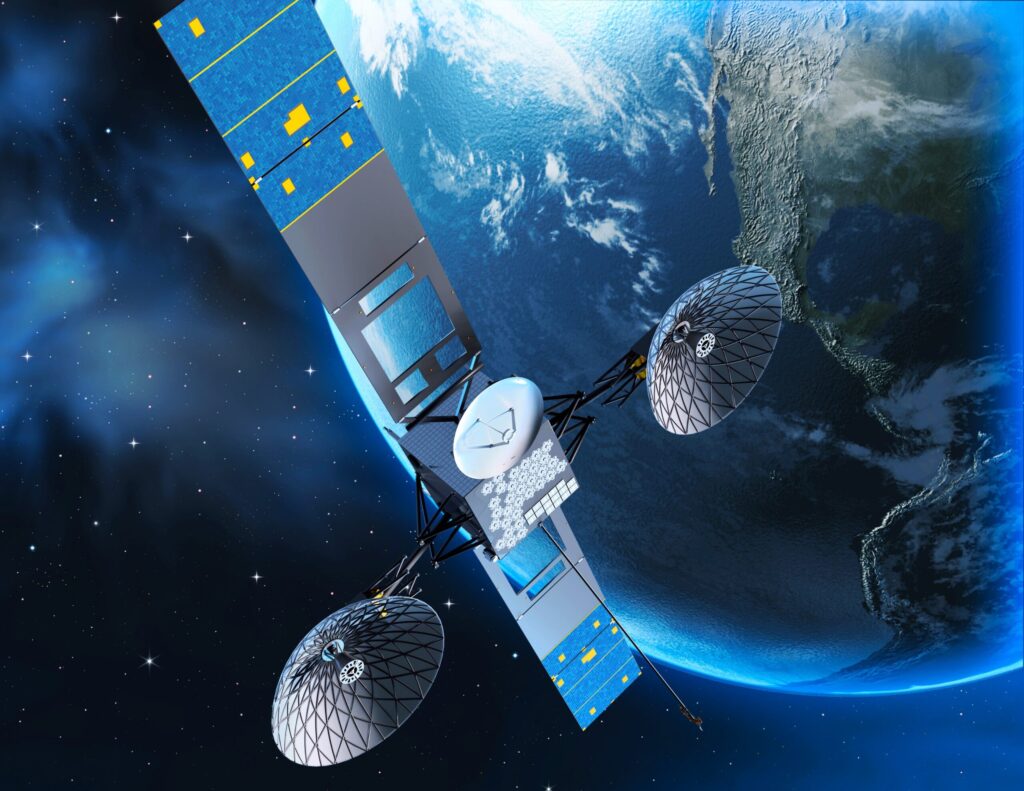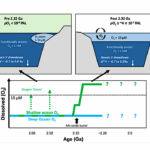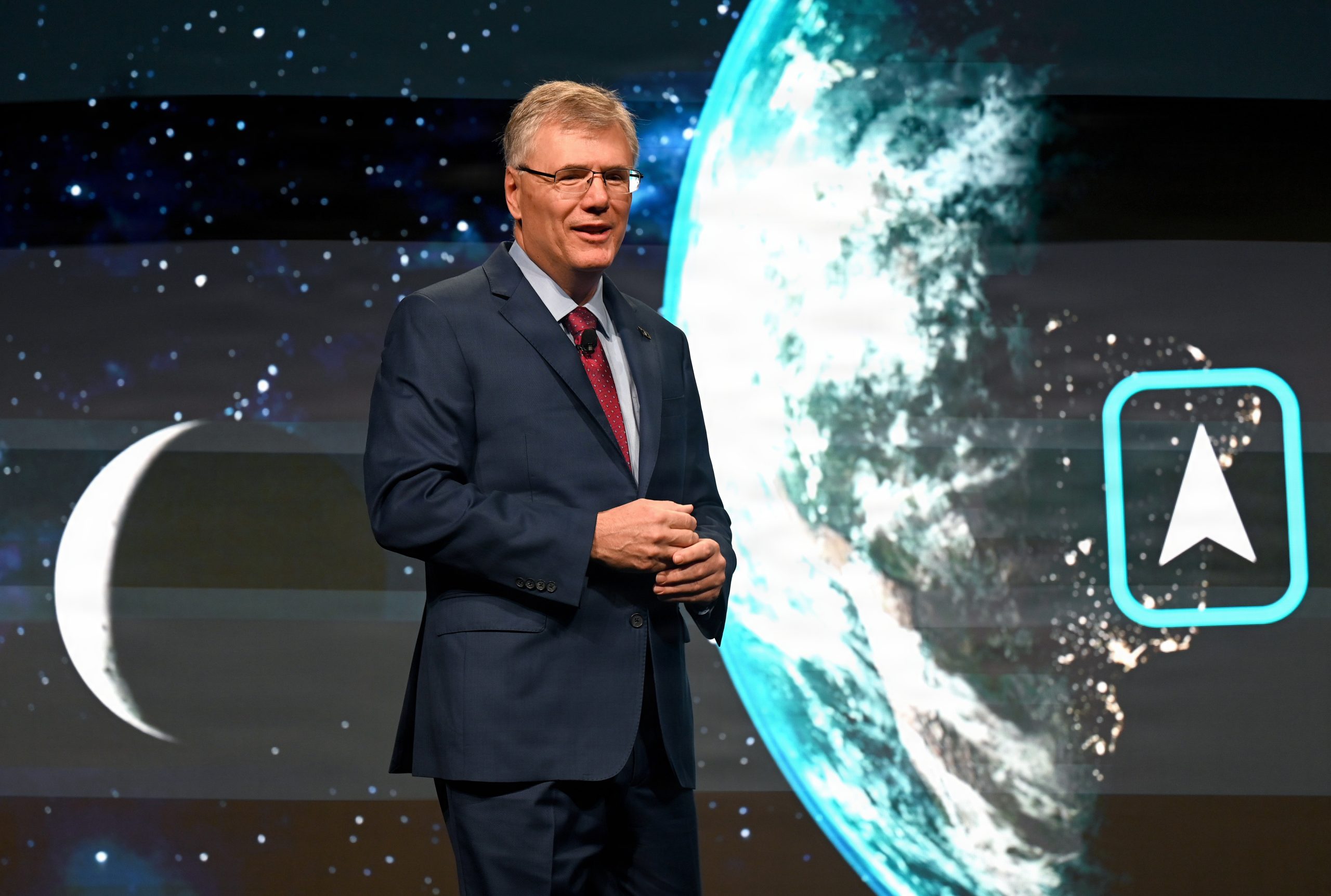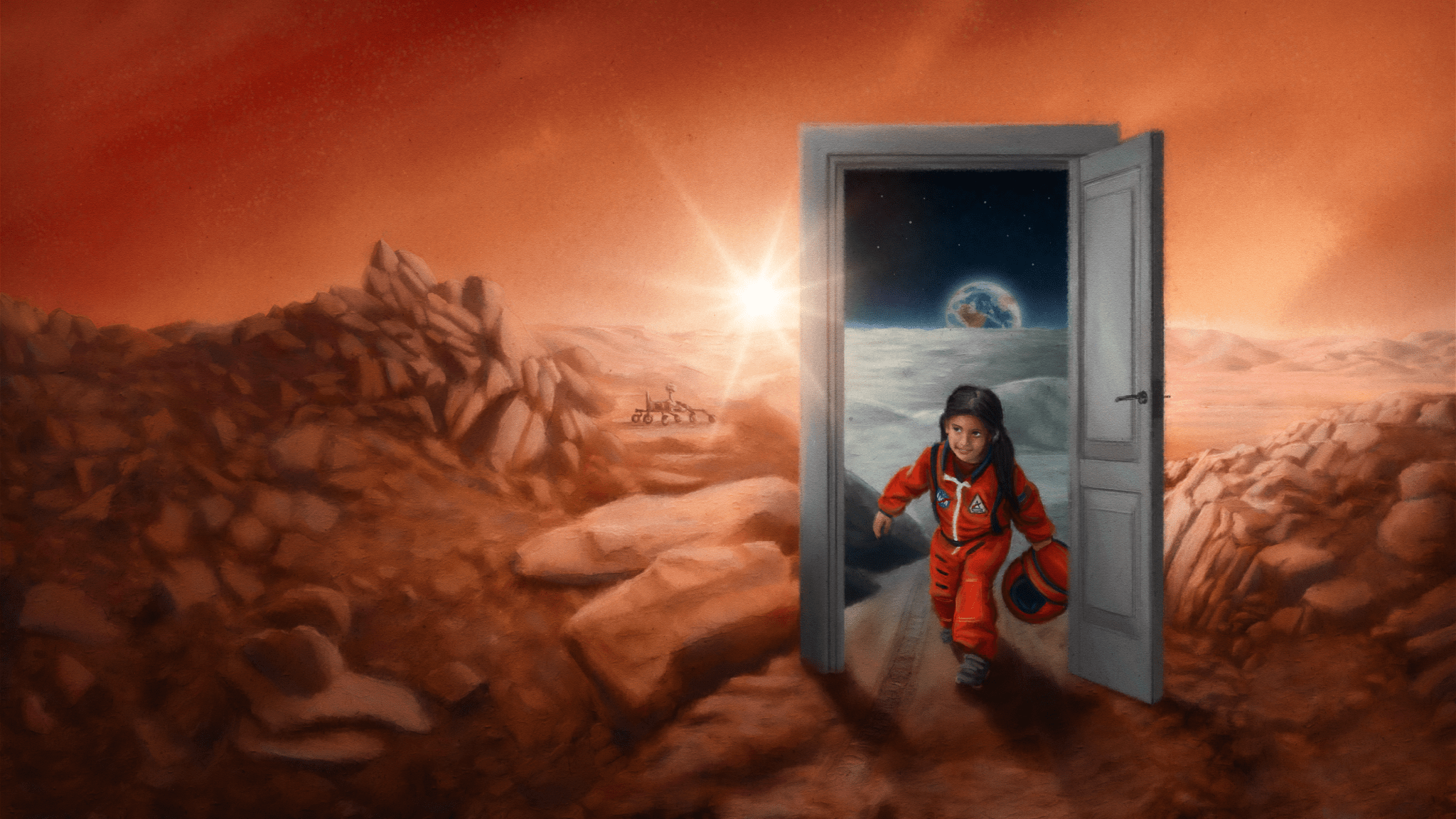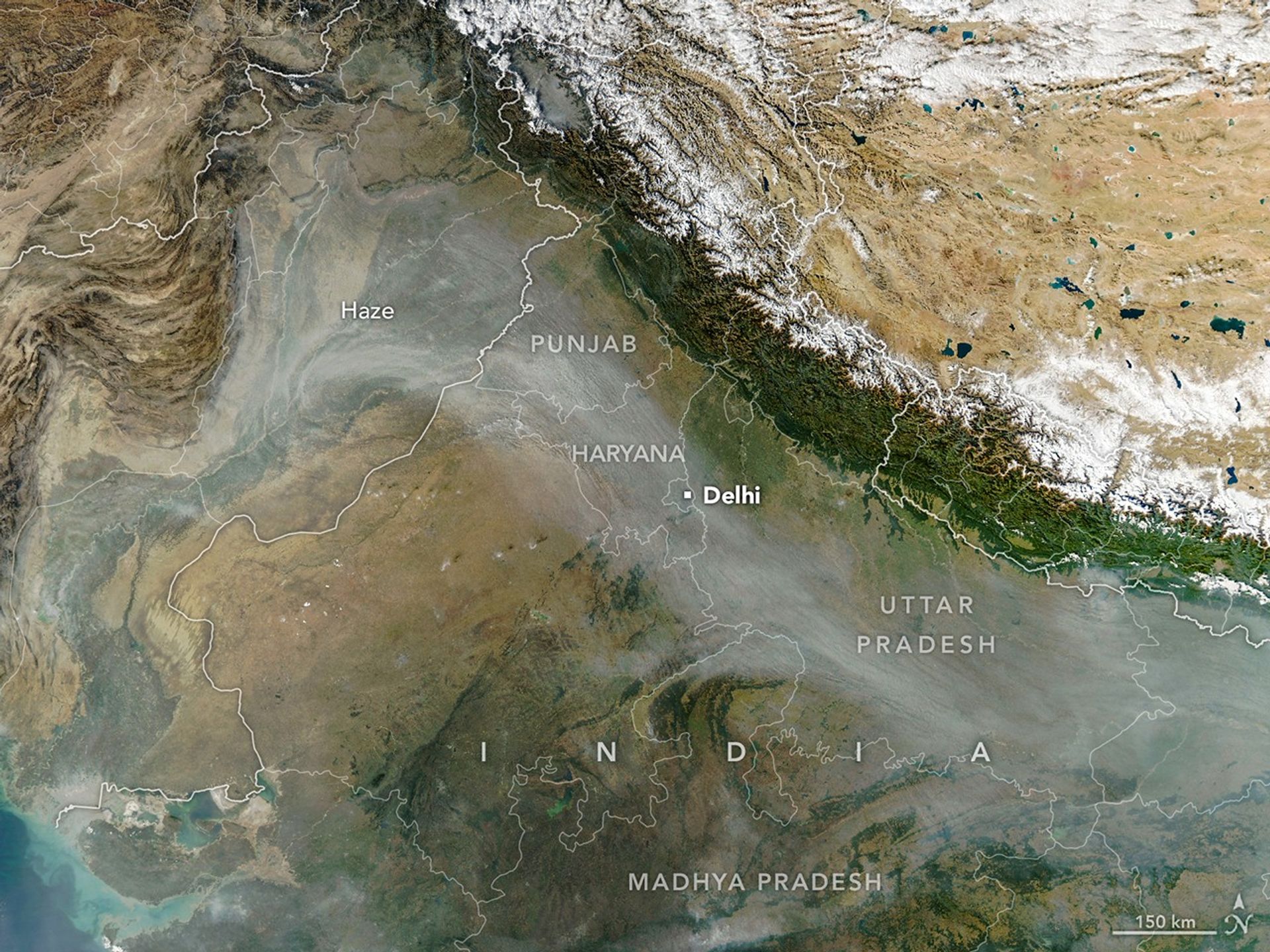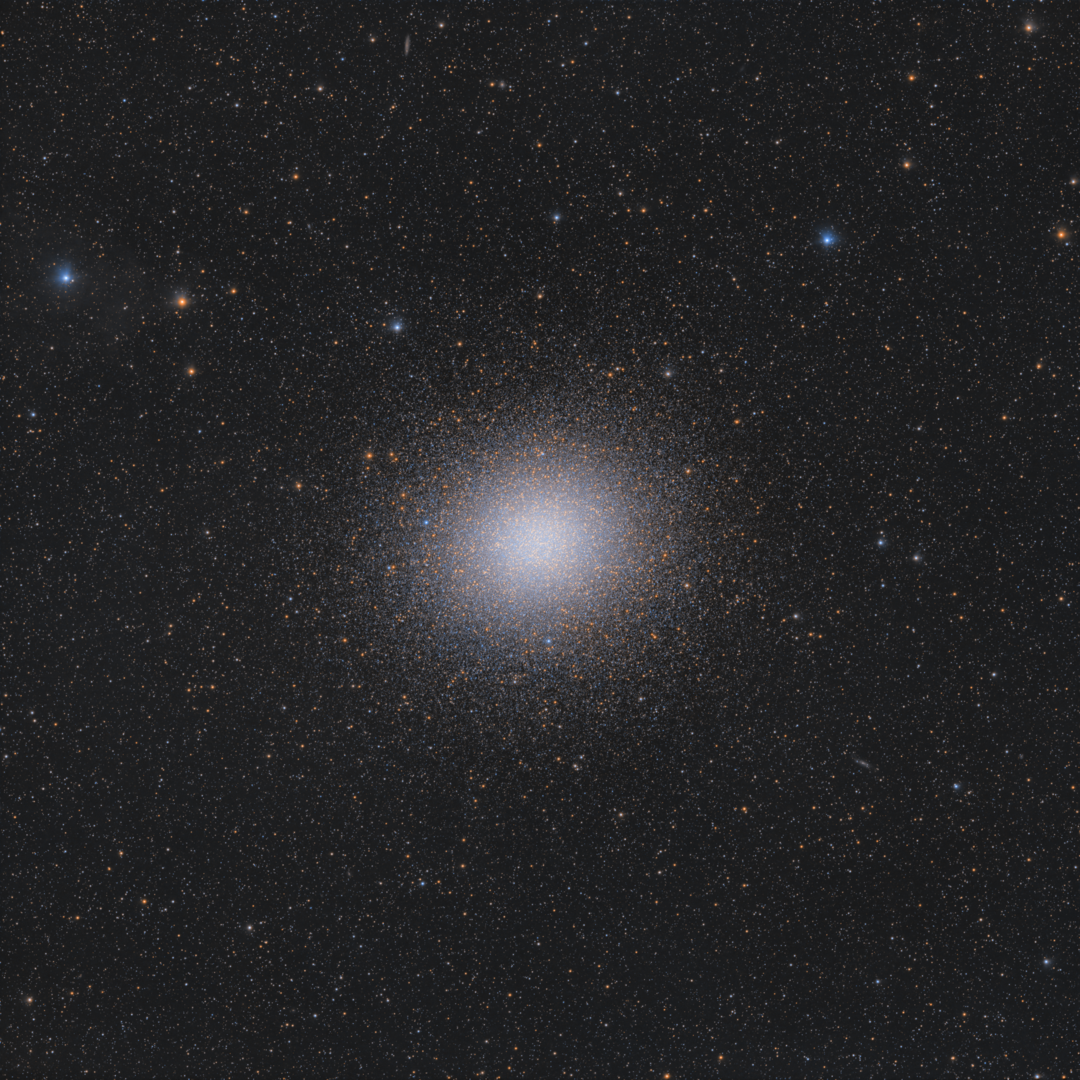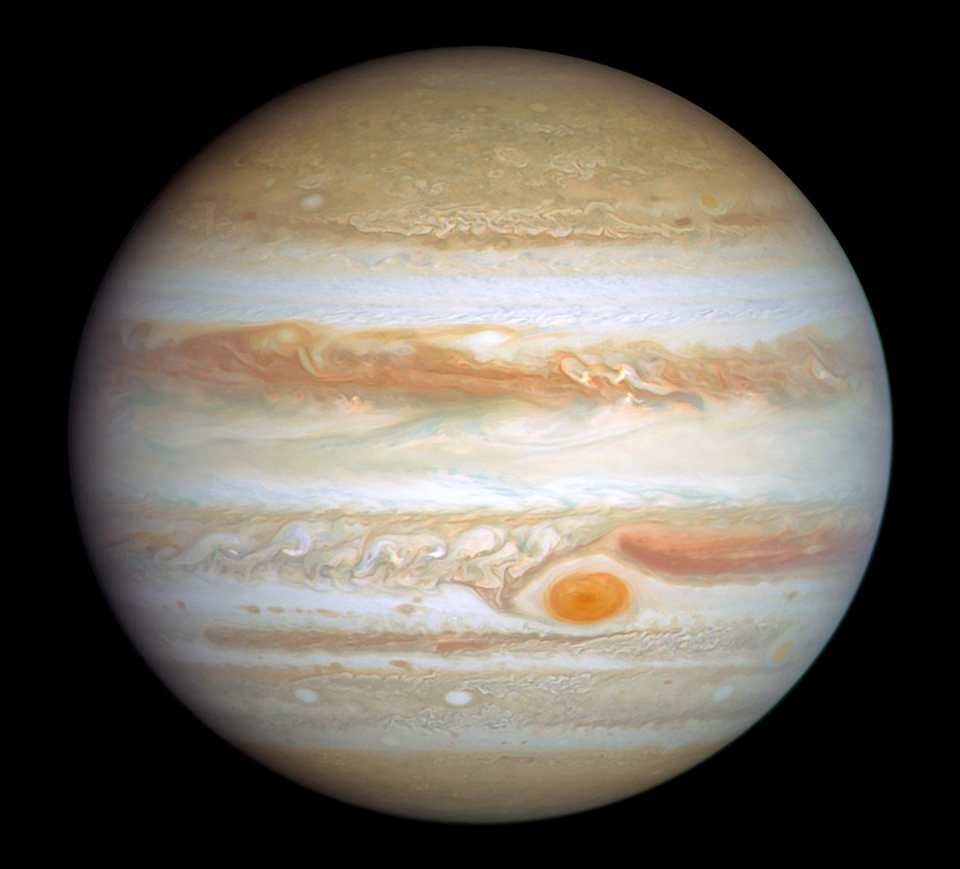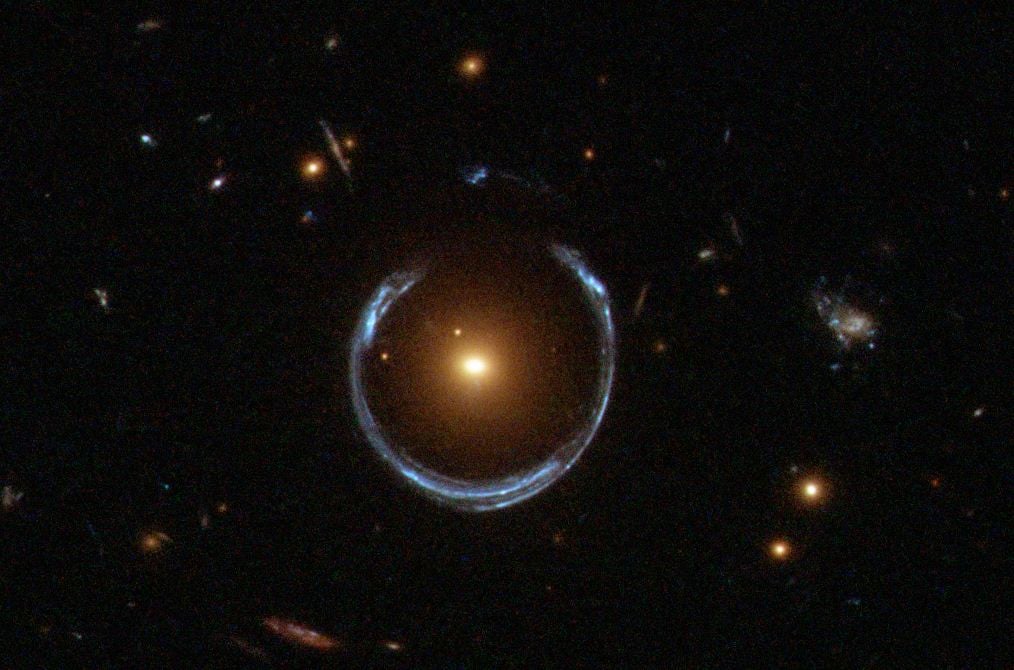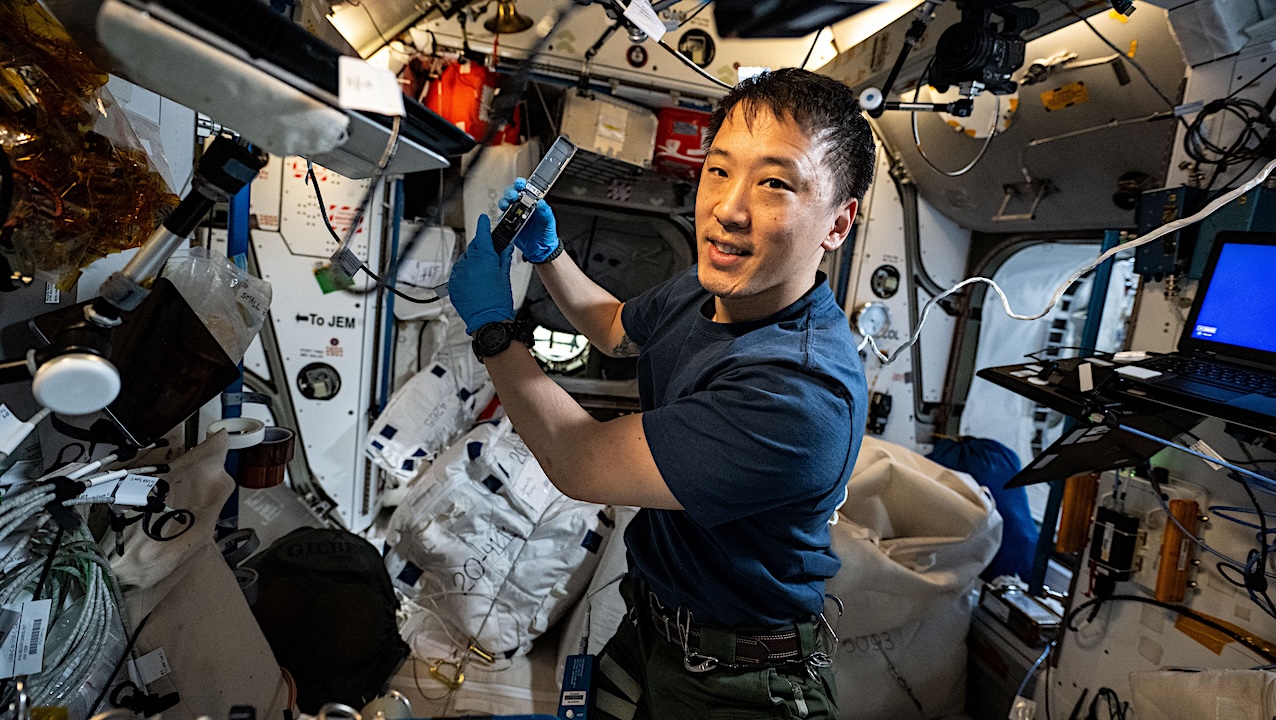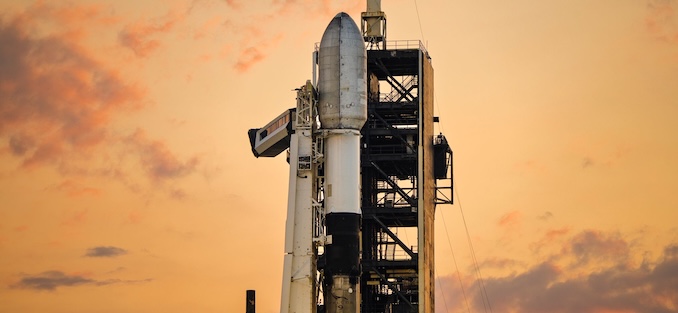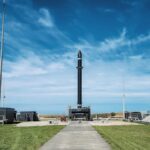SpaceX launched 29 Starlink satellites from Florida early Monday morning (Dec. 14), beating the forecast for poor weather. A Falcon 9 rocket lifted off at 12:25 a.m. EST (0525 GMT)
EO Science Earth Observatory New Timing for Stubble Burning… Earth Earth Observatory Image of the Day EO Explorer Topics All Topics Atmosphere Land Heat & Radiation Life on Earth Human
Astronomers have performed the deepest radio observations ever of Omega Centauri, searching for signs of an intermediate mass black hole thought to lurk at its center. Despite 170 hours of
Researchers have discovered that a close encounter with a rogue planet or brown dwarf during the Sun’s early years could have triggered the reshuffling of our Solar System’s giant planets.
Astronomers at the University of Tokyo have used gravitational lensing to measure how fast the universe is expanding, adding weight to one of cosmology’s most intriguing mysteries. Their technique exploits
The Large and Small Magellanic Clouds are irregular dwarf galaxies and satellites of the Milky Way. The LMC is about 163,000 light-years away and the SMC is about 206,000 light-years
NASA astronaut Jonny Kim conducts research operations for the Noblis /Voyagerr DNA Decryption experiment iss073e0815503 (Sept. 26, 2025) larger image NASA astronaut and Expedition 73 Flight Engineer Jonny Kim shows
File: A SpaceX Falcon 9 rocket with the first stage booster, 1067, stands at Launch Complex 39A on Aug. 27, 2025, ahead of the 30th flight of this booster. Image:
A research team has investigated long-term X-ray variability in the neutron star NGC 7793 P13, an object thought to be driven by supercritical accretion, where an extraordinary amount of gas
Rocky planets like our Earth may be far more common than previously thought, according to new research published in the journal Science Advances. It suggests that when our solar system
-
 012024 in Review: Highlights from NASA in Silicon Valley
012024 in Review: Highlights from NASA in Silicon Valley -
 02Panasonic Leica Summilux DG 15mm f/1.7 ASPH review
02Panasonic Leica Summilux DG 15mm f/1.7 ASPH review -
 03From Polymerization-Enabled Folding and Assembly to Chemical Evolution: Key Processes for Emergence of Functional Polymers in the Origin of Life
03From Polymerization-Enabled Folding and Assembly to Chemical Evolution: Key Processes for Emergence of Functional Polymers in the Origin of Life -
 04How New NASA, India Earth Satellite NISAR Will See Earth
04How New NASA, India Earth Satellite NISAR Will See Earth -
 05And Thus Begins A New Year For Life On Earth
05And Thus Begins A New Year For Life On Earth -
 06Astronomy Activation Ambassadors: A New Era
06Astronomy Activation Ambassadors: A New Era -
07SpaceX launch surge helps set new global launch record in 2024


